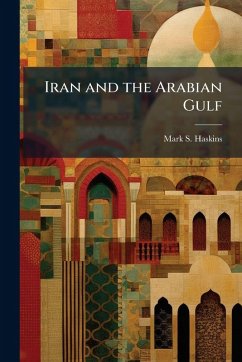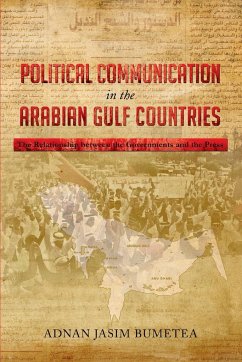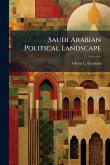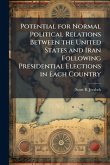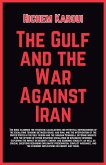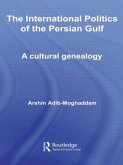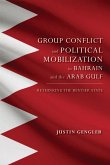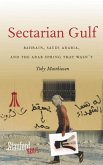The Arabian Gulf is of critical importance to the United States and our European and Asian allies. The region contains two-thirds of the world's known oil reserves, and the waterway itself is the key sea line of communication to this resource. As the world's only remaining superpower, the U.S. maintains a close watch on the Gulf and threats to its access. Following Iraq's defeat during DESERT STORM, the U.S. has refocused much of its attention on Iran and its growing military sea-denial capabilities. In light of the importance we place on the waterway, U.S. decision-makers must understand the extent of the Iranian threat to the free flow of commerce through the Gulf, and how best to counter it. Our thesis asserts that given the current geopolitical situation, the Iranian threat to the waterway is overstated; however, Gulf Cooperation Council members can and should take the lead in countering any attempt to deny its free access, and in the long term, the U.S. can join them and our other allies to help reduce Iranian incentives to threaten the Gulf. This work has been selected by scholars as being culturally important, and is part of the knowledge base of civilization as we know it. This work was reproduced from the original artifact, and remains as true to the original work as possible. Therefore, you will see the original copyright references, library stamps (as most of these works have been housed in our most important libraries around the world), and other notations in the work. This work is in the public domain in the United States of America, and possibly other nations. Within the United States, you may freely copy and distribute this work, as no entity (individual or corporate) has a copyright on the body of the work. As a reproduction of a historical artifact, this work may contain missing or blurred pages, poor pictures, errant marks, etc. Scholars believe, and we concur, that this work is important enough to be preserved, reproduced, and made generally available to the public. We appreciate your support of the preservation process, and thank you for being an important part of keeping this knowledge alive and relevant.
Bitte wählen Sie Ihr Anliegen aus.
Rechnungen
Retourenschein anfordern
Bestellstatus
Storno

